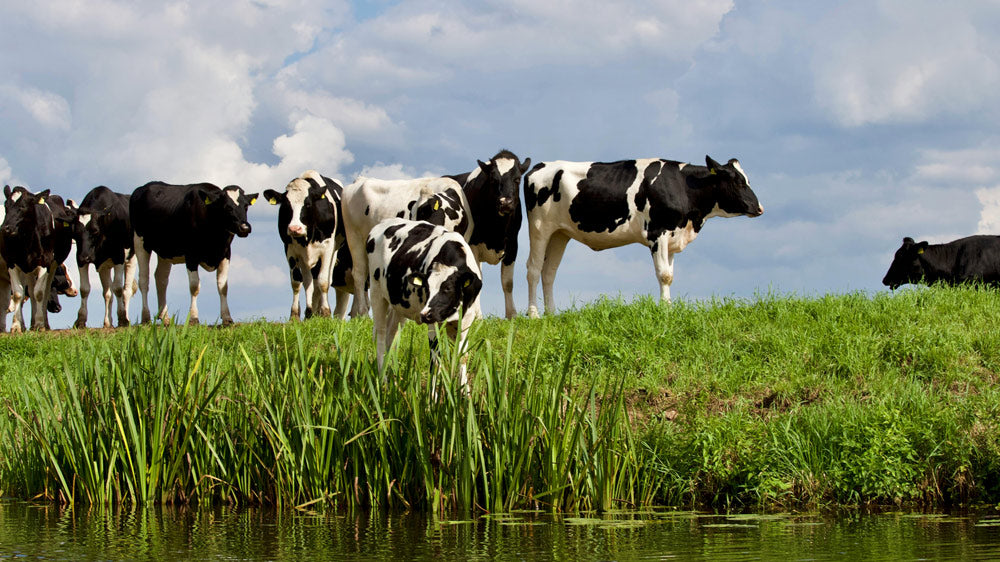Unprecedented Livestock Alert as Bird Flu Hits Heartland Dairy Farms
Matthew Russell
In a startling development, dairy cows in Texas and Kansas have tested positive for bird flu, marking the first time this virus has been identified in U.S. dairy cattle.
This news has sparked concerns and prompted immediate action from federal and state health officials.
 Photo: Pexels
Photo: PexelsBird flu was detected in dairy cows in Texas and Kansas.
Understanding the Outbreak
The presence of the highly pathogenic avian influenza (HPAI) was confirmed in milk and nasal swabs from cattle showing symptoms such as decreased lactation and discolored milk, reports the Washington Post.
Investigations point to wild migratory birds as the probable infection source, given the dead wild birds found on the affected properties.
 Photo: Pexels
Photo: PexelsThis marks the first time bird flu has been found in U.S. dairy cattle.
Public Safety Measures and Milk Supply
Despite the alarming discovery, officials have been quick to assure the public of the minimal risk to food safety and the milk supply, reports USA Today. Infected cattle are being quarantined, and their milk is not entering the commercial supply chain.
Pasteurization, a standard process for milk destined for interstate commerce, effectively kills pathogens, including the HPAI virus.
 Photo: Pexels
Photo: PexelsHealth officials claim there is minimal risk to the human food supply.
The Role of Biosecurity
The outbreak has underscored the importance of stringent biosecurity measures on farms. As the Associated Press reports, dairy producers are advised to limit farm access and ensure only essential personnel are allowed entry. Such precautions are vital in preventing the spread of the virus to and from wildlife.
Economic Impacts and Consumer Concerns
Officials have indicated that the outbreak's impact on the milk supply and prices should be negligible, NPR reports. The affected herds represent a small fraction of the total dairy cattle population, and measures are in place to ensure that milk from sick animals does not reach consumers.
 Photo: Pexels
Photo: PexelsThe bird flu strain detected is Type A H5N1, known to affect birds and occasionally humans.
Looking Forward: Containment and Prevention
The focus now is on containing the outbreak and preventing further spread. Continued vigilance, coupled with the cooperation of farmers and health officials, will be key in managing this unprecedented situation.
As investigations continue, the agricultural community remains on high alert, ready to adapt to new developments in the fight against avian influenza in livestock.

